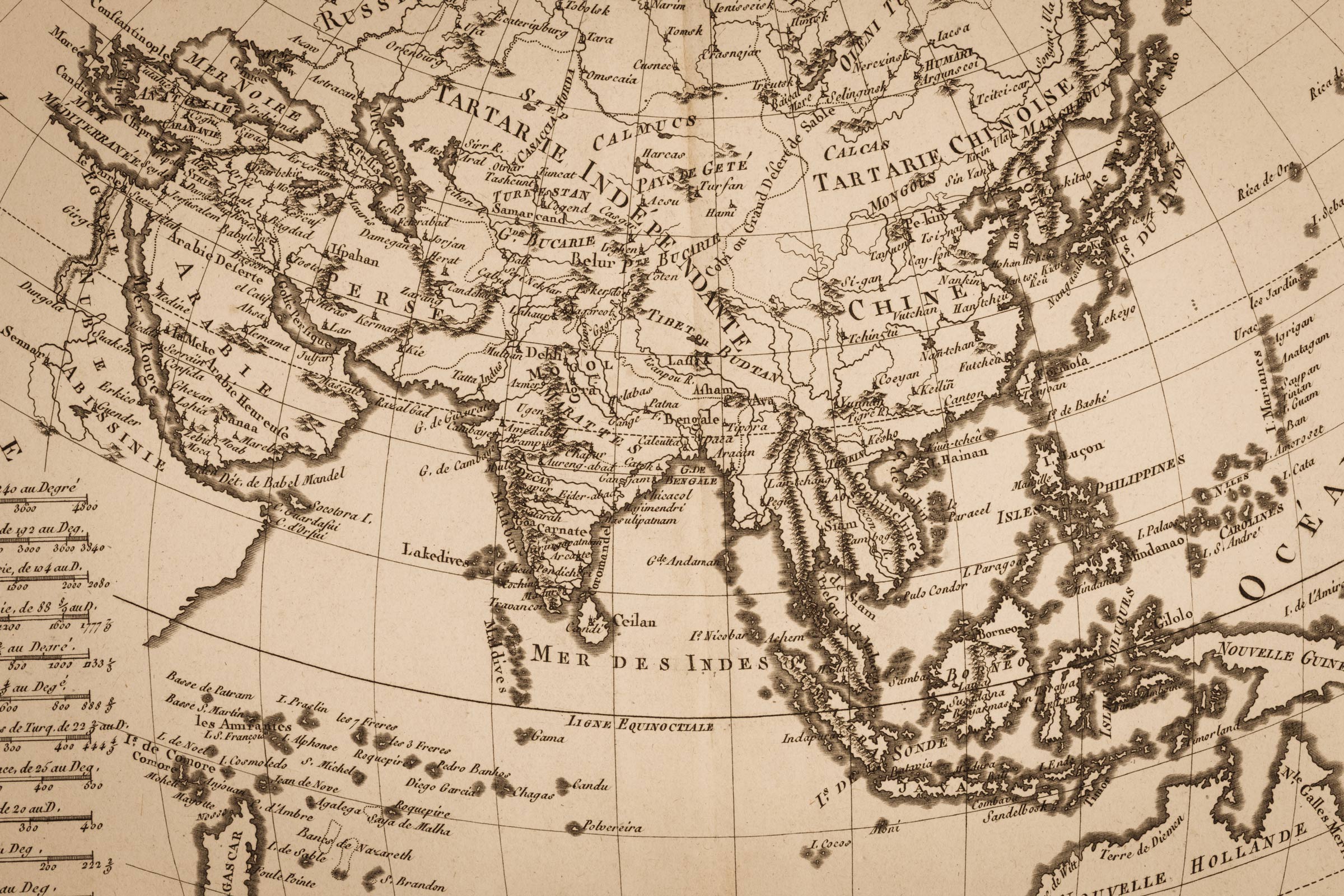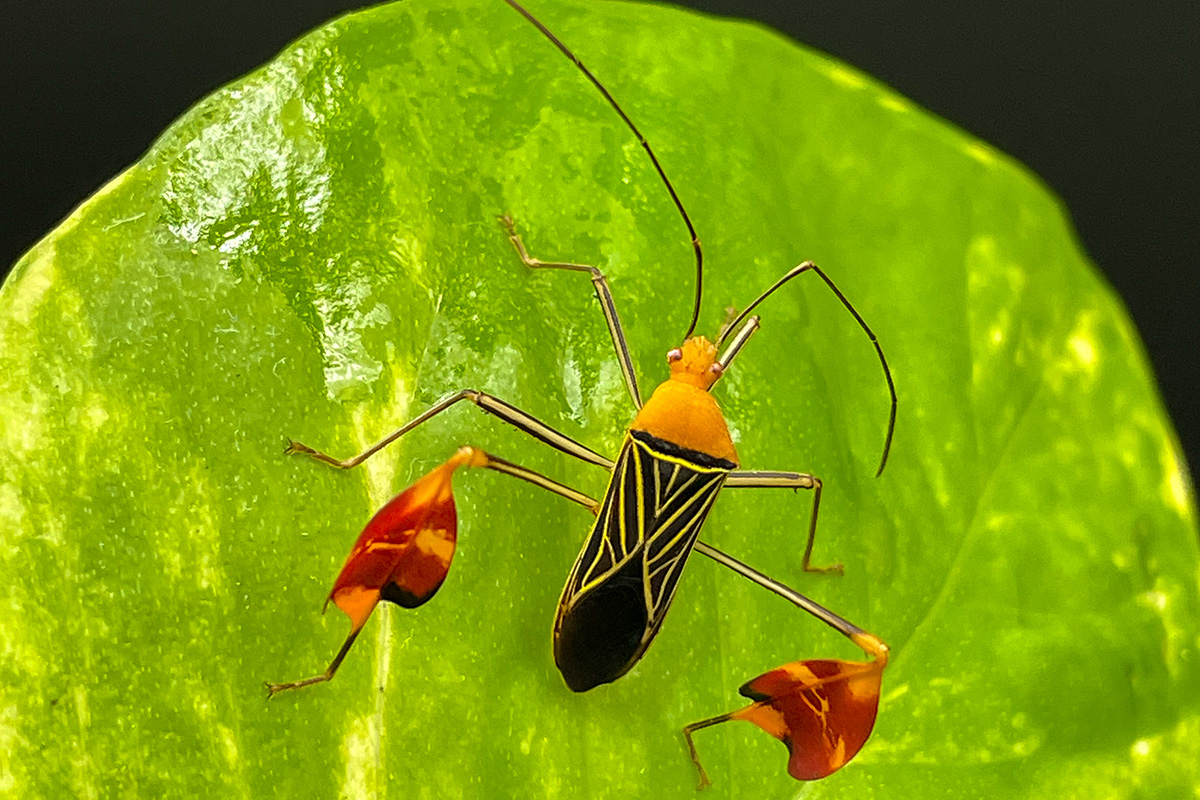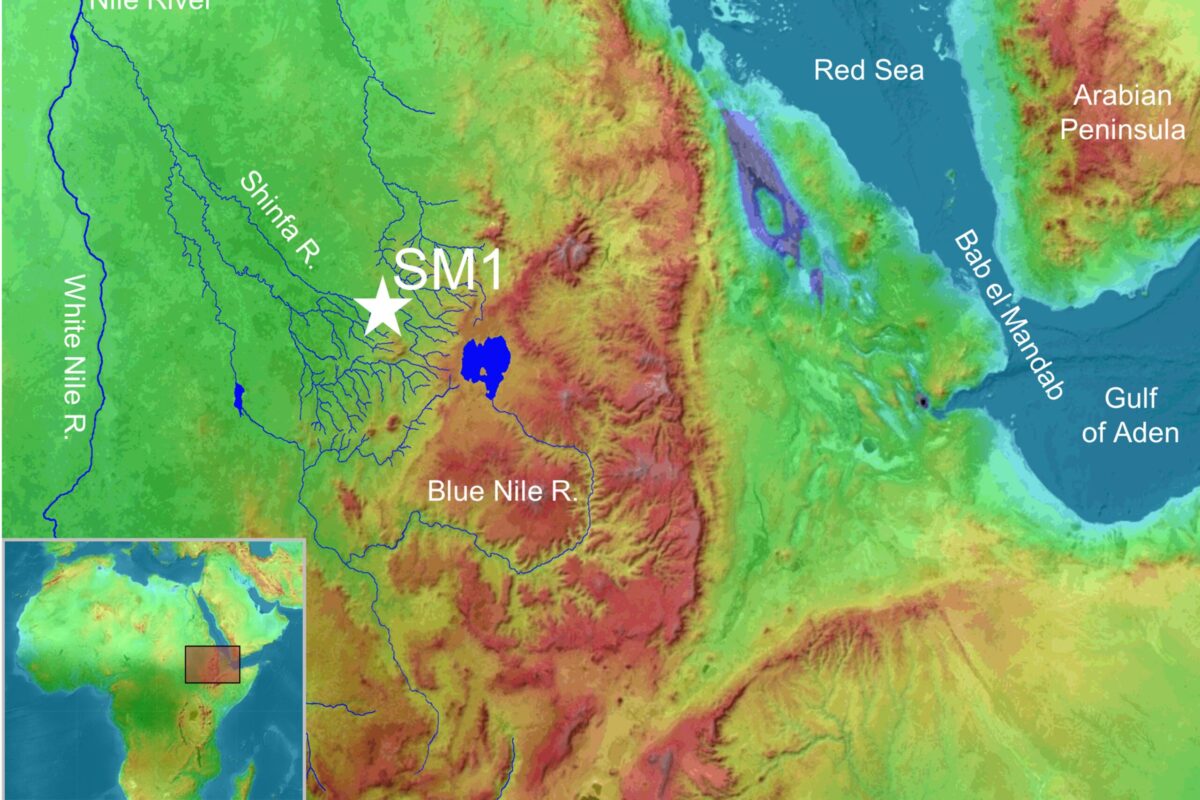Tracking the Impacts of Climate Change on Food Webs in the Arctic
New research provides the latest evidence that climate change is having an impact on food webs in high-latitude ecosystems.
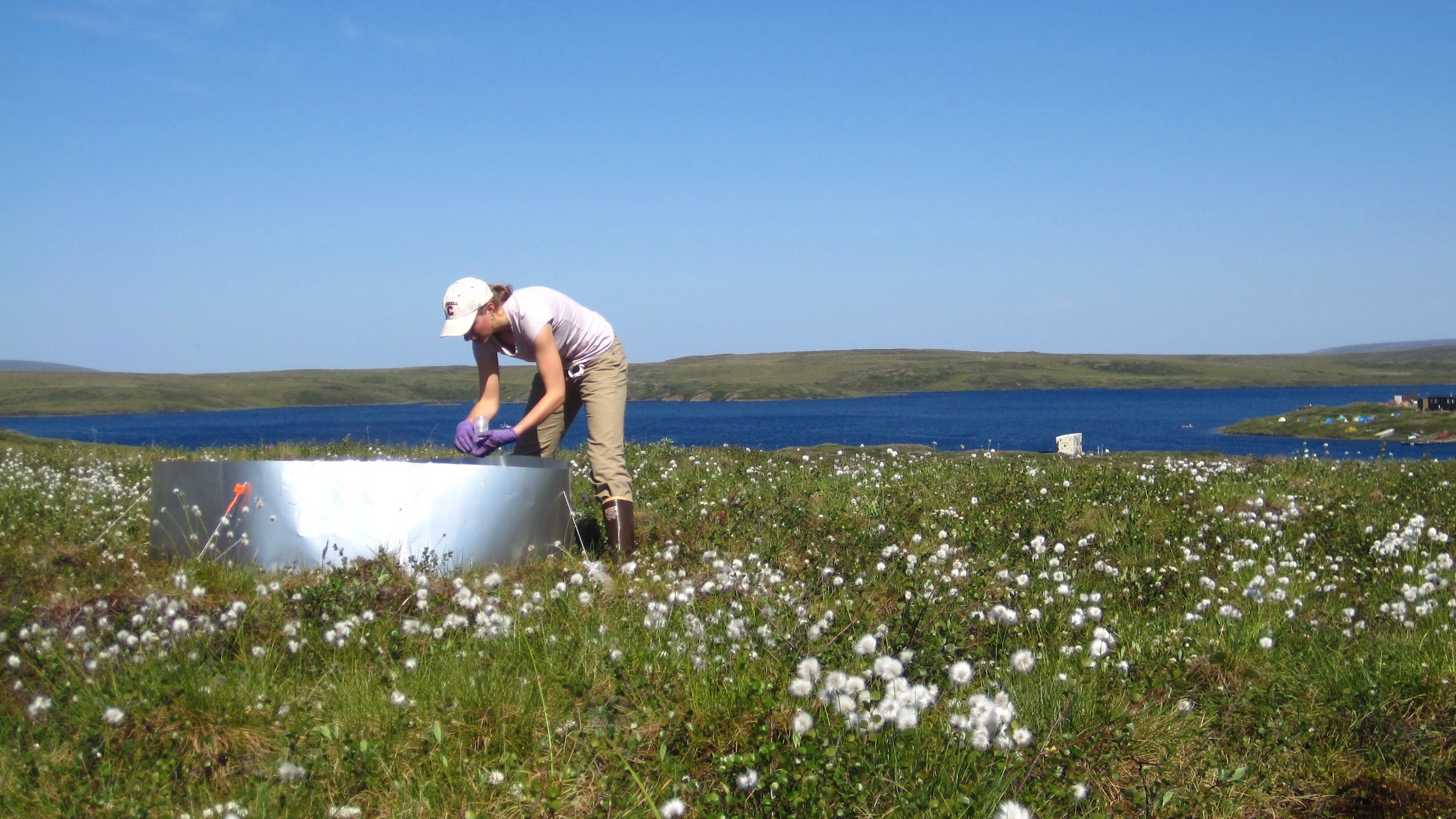
Biologist Amanda Koltz of The University of Texas at Austin in the Alaskan Arctic near Toolik Field Station.
Warming temperatures have changed the food webs that Arctic animals have relied on for thousands of years, creating more dependence on fungal sources of food with potential impacts for entire ecosystems, a team of environmental researchers has found.
Publishing in the journal Nature Climate Change, scientists from the USDA Forest Service Pacific Northwest Research Station, the University of New Mexico Center for Stable Isotopes, the Museum of Southwestern Biology and The University of Texas at Austin describe new evidence that climate change is significantly affecting what animals eat in the Arctic tundra and boreal forests. Animals that adapted to survive frigid temperatures already have shifted their diet to consume different types of food than they did even 30 years ago.
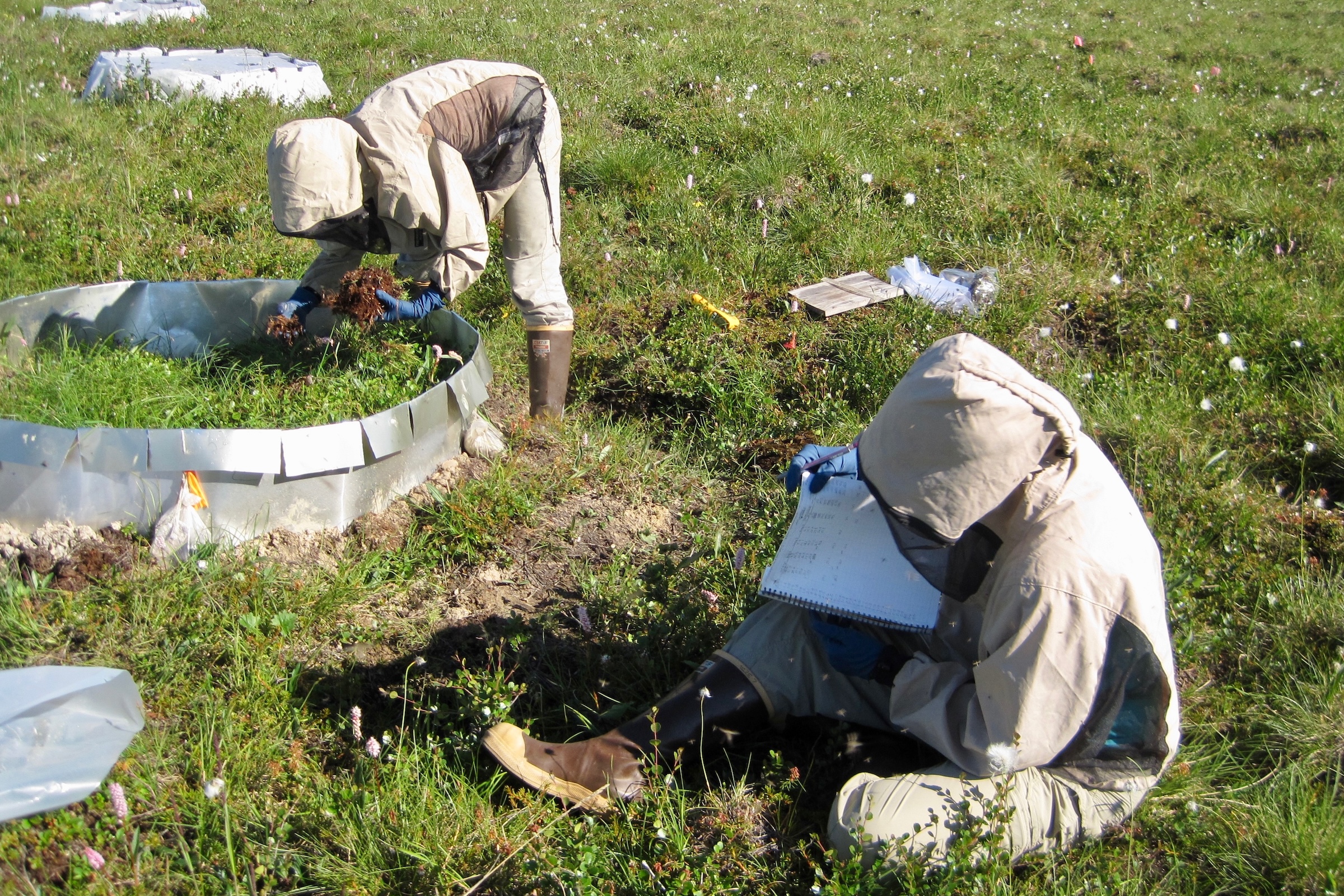
Researchers examine experimental warming plots in the Alaskan Arctic near Toolik Field Station. The plots were used to test effects of warming and spider density on below-ground food webs. Credit: Amanda Koltz
Specifically, the team found that, as rising temperatures melt permafrost — soil that has been frozen for thousands of years — and as bacteria and fungi break down that soil, animals shift from consuming more “green” sources of energy, based on plants, to more “brown” sources of food, derived from microbial decomposition of permafrost and plant material. Examining small mammals in boreal forests over a span of three decades (1990 to 2021) and specimens of wolf spiders from Arctic tundra subjected to experimental warming, the experts were able to pinpoint significant dietary shifts.
“Small mammals like shrews and voles that were historically supported by ‘green’ plant-based food webs now acquire almost all their energy from ‘brown’ fungal food webs,” said Philip Manlick, a research scientist with the USDA Forest Service Pacific Northwest Research Station and adjunct faculty member at UNM, who led the study. “When we looked at experimentally warmed spiders from the Arctic tundra, we saw the exact same pattern in a controlled environment. This tells us that warming has a consistent ‘browning’ effect on food webs across species and ecosystems, and that museums and monitoring programs can be used to track changes in food webs.”
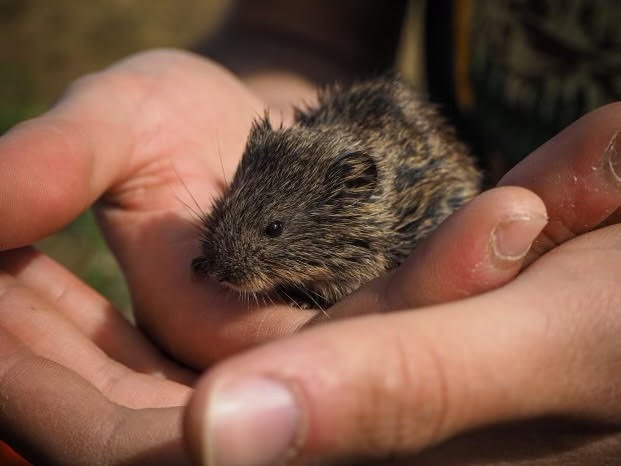
A tundra vole, Microtus oeconomus. Credit: Nolan Perryman.
How changes in plant and microbial resources impact animals in northern ecosystems is an active area of study, but this new research shows that changes can be detected in both vertebrates and invertebrates. Through stable isotope analysis of museum specimens collected three decades ago and again recently, UT Austin assistant professor of integrative biology Amanda Koltz and other members of the team were able to track the energy flow through food webs to animals over time.
“Animals are increasingly being recognized for the various ways in which they influence critical ecosystem functions, such as carbon and nutrient cycling,” Koltz said. “In this case, our work showed warming changes in the way small mammals and spiders redirect carbon between different parts of the food web. These findings point to an under-studied pathway by which climate change alters animal impacts on ecosystems.”
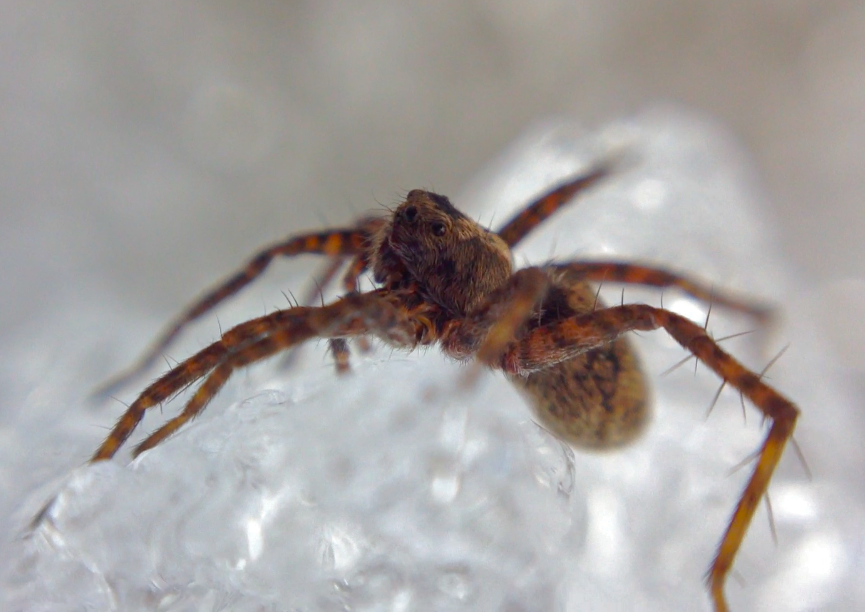
A wolf spider, Pardosa lapponica. Credit: Kiki Contreras
It is unknown why there has been such an increase in “brown” food webs, but everything from soil invertebrates to mammals appear to be consuming more fungi than they did historically. Surprisingly, despite the increase in “brown” energy in food webs, the findings showed that animals are now mainly consuming recently fixed carbon rather than ancient carbon from thawing permafrost. This suggests that the impacts of climate change on ecosystems are much more complex than expected.
Understanding such changes is vital for figuring out how sensitive environments will respond to climate change. As rapid warming continues to reshape high-latitude boreal and tundra ecosystems, these findings provide crucial insights into the intricate interplay of carbon flow, food web structure and nutrient cycling.
The research not only provides a foundation for future studies into this topic but also sheds light on how important biological specimens kept in collections, such as those at the museum and in UT’s Biodiversity Center, are to understanding the effects of climate change on sensitive ecosystems.
In addition to Manlick and Koltz, authors of the paper, titled “Climate warming restructures food webs and carbon flow in high-latitude ecosystems,” are Nolan Perryman, Joe Cook and Seth Newsome. Funding for the research was provided by the National Science Foundation, the National Geographic Committee for Research and Exploration and the U.S. Forest Service.
Adapted from a summary written by the University of New Mexico.
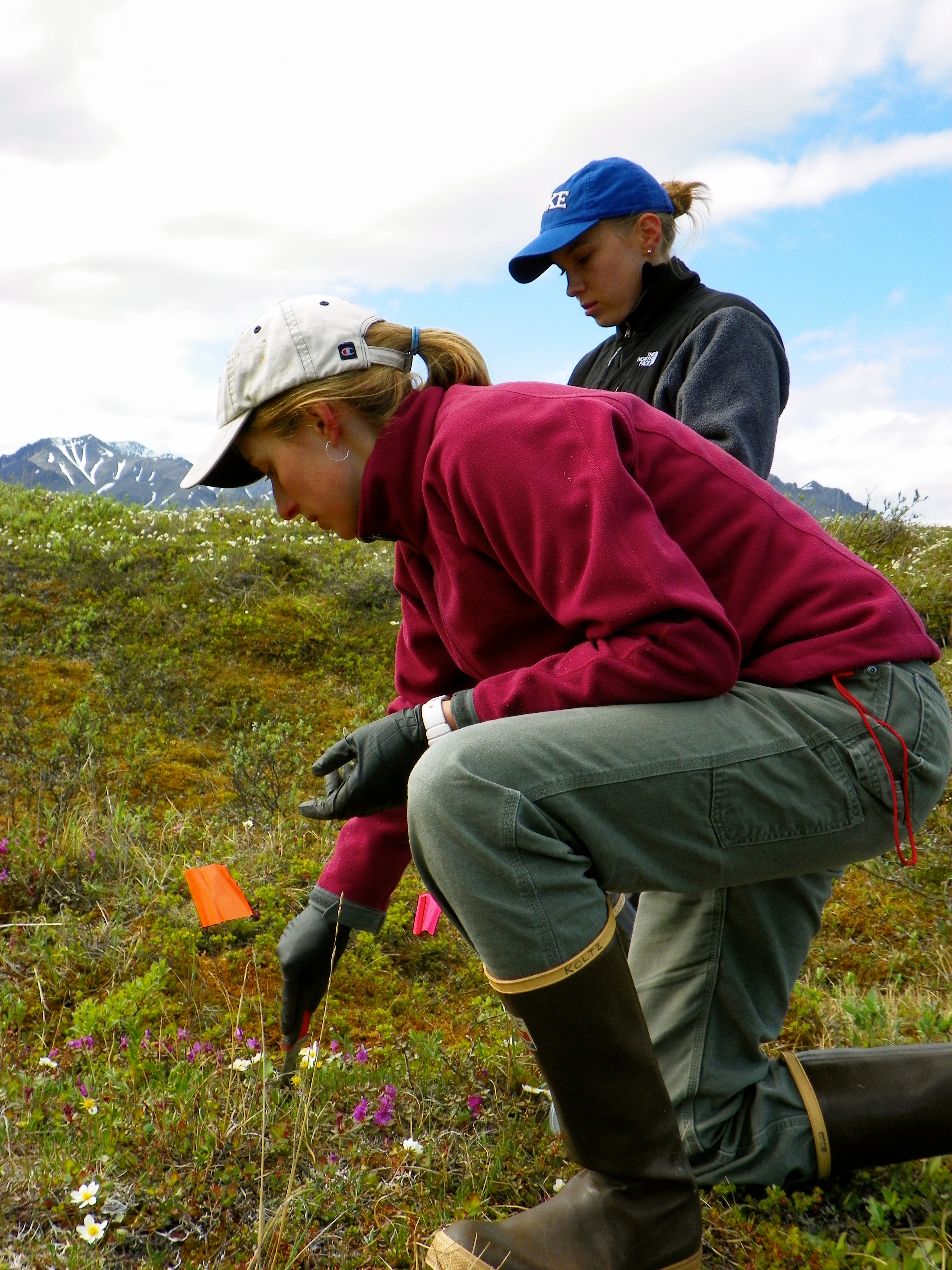
Amanda Koltz and Kiki Contreras examine a plot in the Alaskan Arctic near Toolik Field Station.

